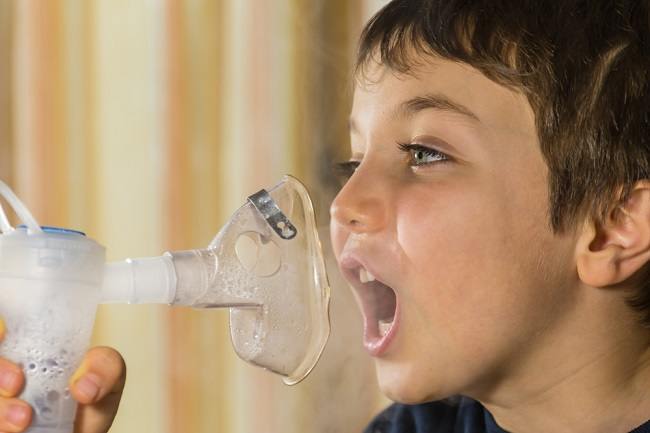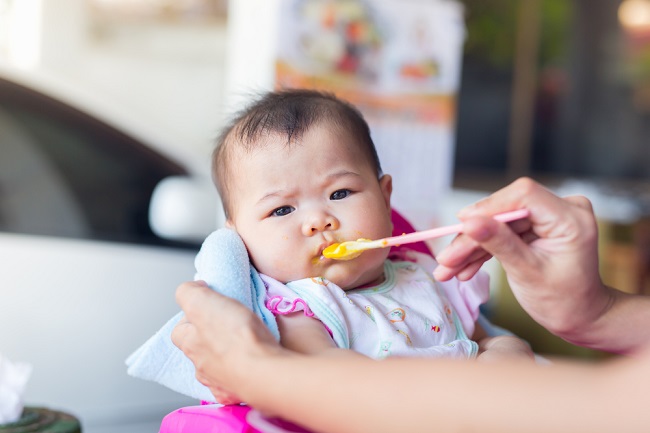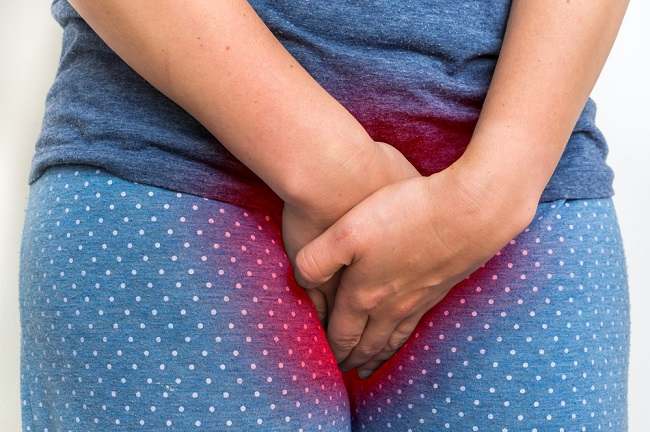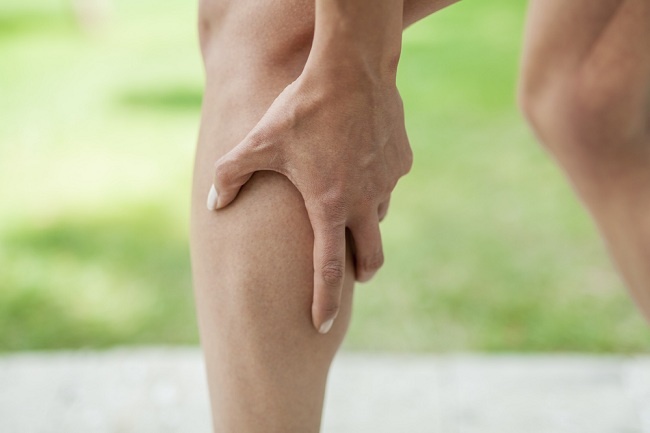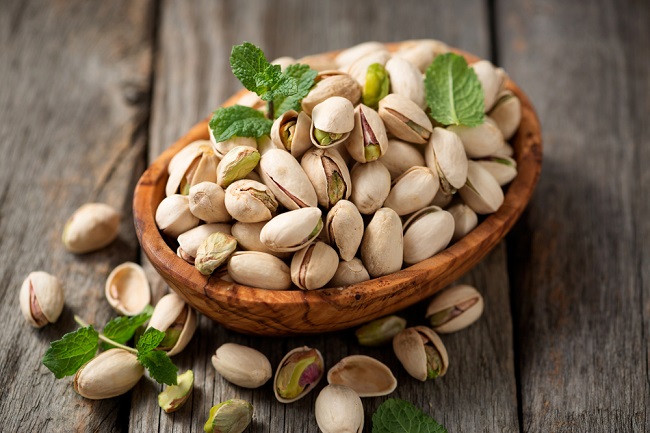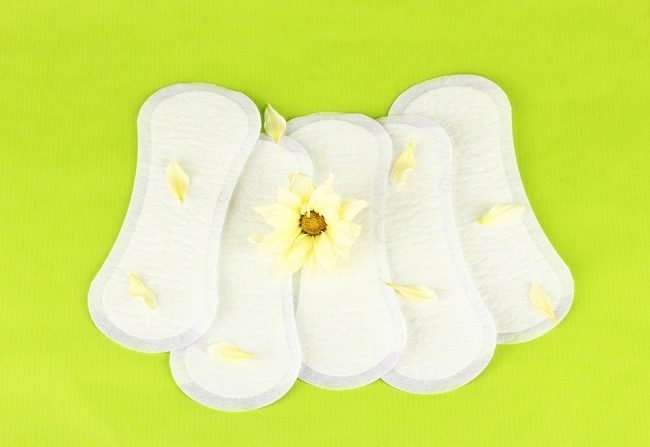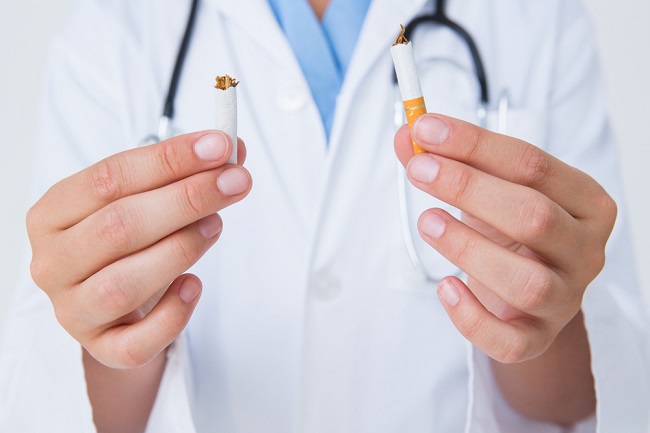Cholangitis sclerosisprimary or primary sclerosing cholangitis (PSC) is a disease of the bile ducts characterized by inflammation, thickening, and scarring (fibrosis), in the bile duct. PSC is more common in men aged 30 years and over.
This scar tissue will gradually narrow the bile ducts. This condition causes bile to accumulate and lead to severe liver damage. In advanced stages, PSC can cause recurrent liver infections, cirrhosis, and liver failure.

Causes of Primary Sclerosing Cholangitis
It is not known what the exact cause is primary sclerosing cholangitis. However, this condition is thought to be caused by immune system disorders, genetic disorders, injuries to the bile ducts, and bacterial or viral infections.
Although the cause is unknown, there are several factors that can increase a person's risk of suffering from it primary sclerosing cholangitis, that is:
- Between 30–50 years old
- Male gender
- Have a family member who suffers from PSC
- suffering from inflammatory bowel disease (inflammatory bowel disease/IBD)
- Suffering from gallstones
- Have autoimmune diseases, such as celiac disease and thyroid disease
Symptoms of Primary Sclerosing Cholangitis
Primary sclerosing cholangitis is a slowly progressing disease. In the early stages, the symptoms of PSC are similar to those of some other diseases, so sufferers are not aware of it. These symptoms include:
- Body feels tired
- Itchy skin
- Fever
- No appetite
- Pain in the upper right abdomen
Over time, the symptoms will get worse. Usually, this happens because primary sclerosing cholangitis has caused heart failure. Symptoms can include:
- Drastic weight loss
- Frequent sweating at night
- Difficulty thinking, confusion, or memory loss
- Easy bruising or bleeding
- Redness appears on the palms of the hands and feet for no apparent reason
- Swelling in the legs
- Yellowish eyes and skin (jaundice)
When to go to the doctor
Consult a doctor if you feel the symptoms primary sclerosing cholangitis mentioned above. It is also necessary to consult a doctor if you feel itching for no apparent reason.
Primary sclerosing cholangitis It is often associated with inflammatory bowel disease, such as ulcerative colitis or Crohn's disease. If you experience this condition, do regular checkups with your doctor to monitor the condition and progression of the disease.
Diagnosis of Primary Sclerosing Cholangitis
To diagnose primary sclerosing cholangitisThe doctor will ask for complaints and medical history of the patient and his family. Then, the doctor will perform a physical examination, especially in the area of the abdomen, legs, and skin.
To confirm the diagnosis, the doctor will perform the following supporting tests:
- Blood tests, to see the number of blood cells and detect impaired liver function
- MRI scan, to see the condition of the liver and bile ducts
- Scan endoscopic rretrograde cholangiopancreatography (ERCP), to see the condition of the glands and bile ducts, especially if the patient has metal implants so that an MRI cannot be done
- Liver biopsy, to detect liver damage by taking a sample of liver tissue.
Treatment of Primary Sclerosing Cholangitis
Until now, there is no treatment to cure primary sclerosing cholangitis. The goals of treatment are to relieve complaints, prevent liver damage from continuing, and prevent complications.
Several treatment options to be performed on primary sclerosing cholangitis is:
Drugs
Administration of drugs to primary sclerosing cholangitis aims to reduce complaints of itching and treat infection.
Several types of drugs that will be given to reduce itching are antihistamines, UDCA (ursodeoxycholic acid), bile acid sequsterans, and creams and lotions containing camphor, menthol, pramoxine, and capsaicin.
Antibiotics will also be given to the patient primary sclerosing cholangitis who are at risk for infection of the liver due to narrowing and blockage of the bile ducts.
Operation
Some of the actions and operations that can be performed on primary sclerosing cholangitis among others:
- Insertion of a balloon catheter, to open the blockage in the bile duct outside the liver
- Installation stent, to keep the bile ducts open
- Liver transplant, to replace damaged liver tissue in PSC sufferers who experience liver failure
Supportive therapy
Primary sclerosing cholangitis susceptible to malnutrition because the body has difficulty absorbing certain vitamins and minerals. To overcome this, doctors can provide supplements and vitamins.
Although rare, after a liver transplant procedure sometimes primary sclerosing cholangitis can relapse. Therefore, patients need to have regular check-ups with doctors to monitor their condition.
Complications of Primary Sclerosing Cholangitis
Complications that can occur as a result of primarysclerosing cholangitis is:
- Liver disease and liver failure
- Recurrent liver infections
- Portal hypertension due to high blood pressure (hypertension) in the veins in the liver (portal veins)
- Osteoporosis
- bile duct cancer
- Colon cancer
Prevention of Primary Sclerosing Cholangitis
Primary sclerosing cholangitis It's hard to prevent, but if you have a condition such as IBD or an autoimmune disease, have regular check-ups with your doctor to monitor your condition and progression.
If you have experienced PCS, take the following steps to prevent further liver damage:
- Quit smoking
- Stop consuming alcohol
- Not abusing drugs
- Always consult a doctor before taking medication
- Maintain ideal body weight
